Bathroom sinks can go a far way in remodeling your bathroom. It offers the bathroom some kind of open space feel because of the unenclosed sink. You can buy sinks that sit along with a vanity, similar to a bowl would. You are able to make select a vessel sink to make a bold decorative statement.
Images about Mold Under Bathroom Sink
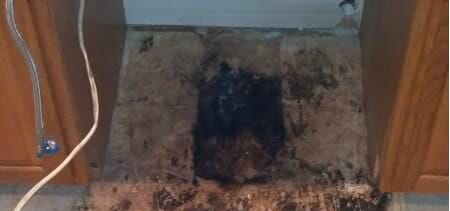
The feature is for our own personal hygiene, but after the functionality of the sink of yours is going to come the structure to fit your bathrooms decor. That's not really a problem at all because these kinds of sinks come in an assortment of shapes, sizes, colors and materials.
Getting Rid Of Black Mold Under Sink Fast-Easy Method

A type of console sink, the vessel sinks with table tops are typically used in modern-day themed bathroom. With a bigger sink, there is often more counter space, allowing homeowners to have more room to get prepared in the early morning or even before bed at night. Cloakroom sinks are specially designed for small spaces like a a cloakroom suite and have smaller dimensions.
Top 5 Causes of Black Mold Under Kitchen Sinks Get the answers
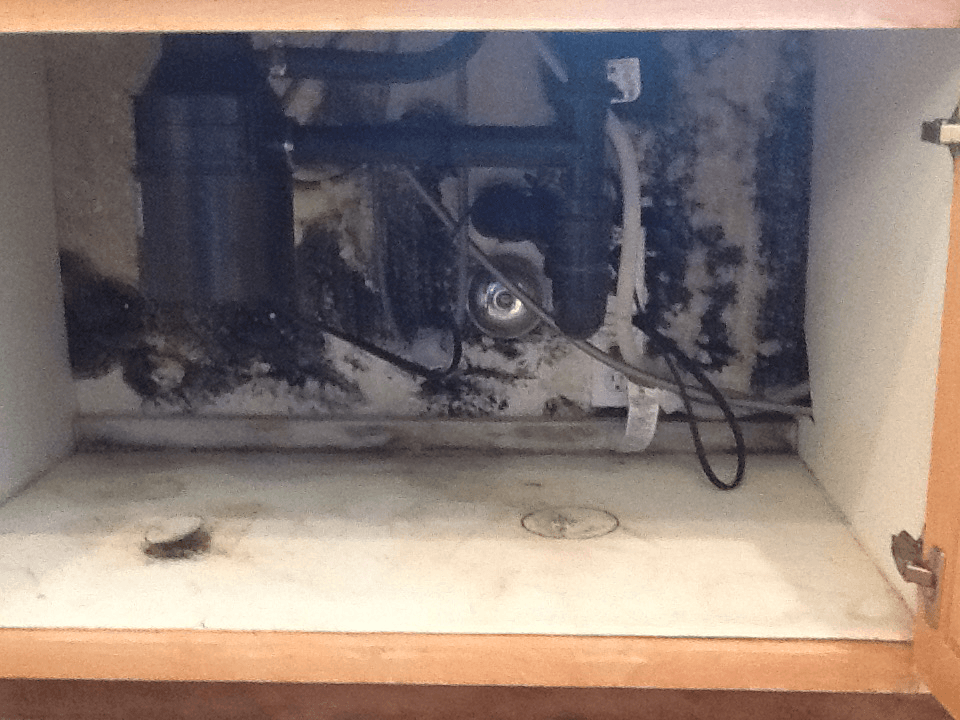
Top sink manufacturers like Toto and Kohler offer many undermount sink styles. In case the need is for multiple person to make use of the bathroom in the same period, then the double sink vanity is really a need. Many men and women have taken classes or perhaps been proven by a skilled how to install bathroom fittings.
Mold Contaminated Kitchen or Bathroom Cabinets
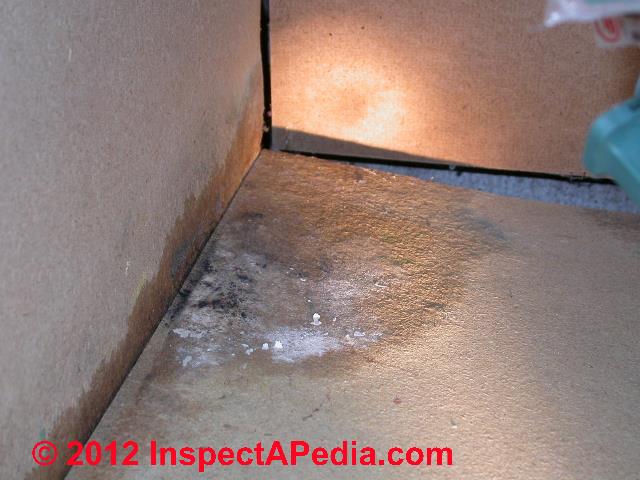
3 Ways to Tell You Have a Mold Problem – BioClean Remediation LLC

Donu0027t Want Any Mold Under Your Sink? Do These Steps – Clean Water
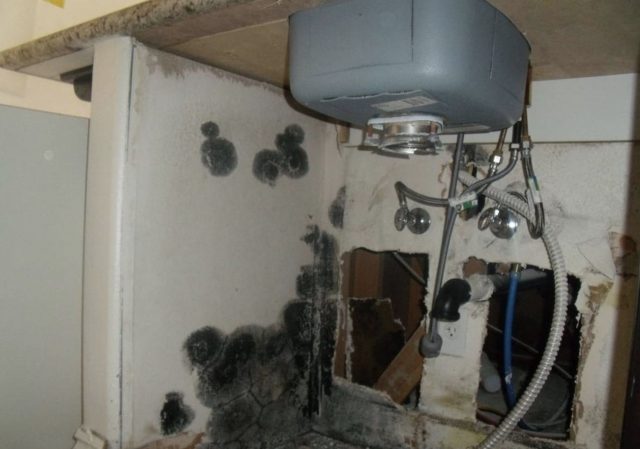
Black Mold Under My Sink u2013 Is It Dangerous? See What You Should Do.
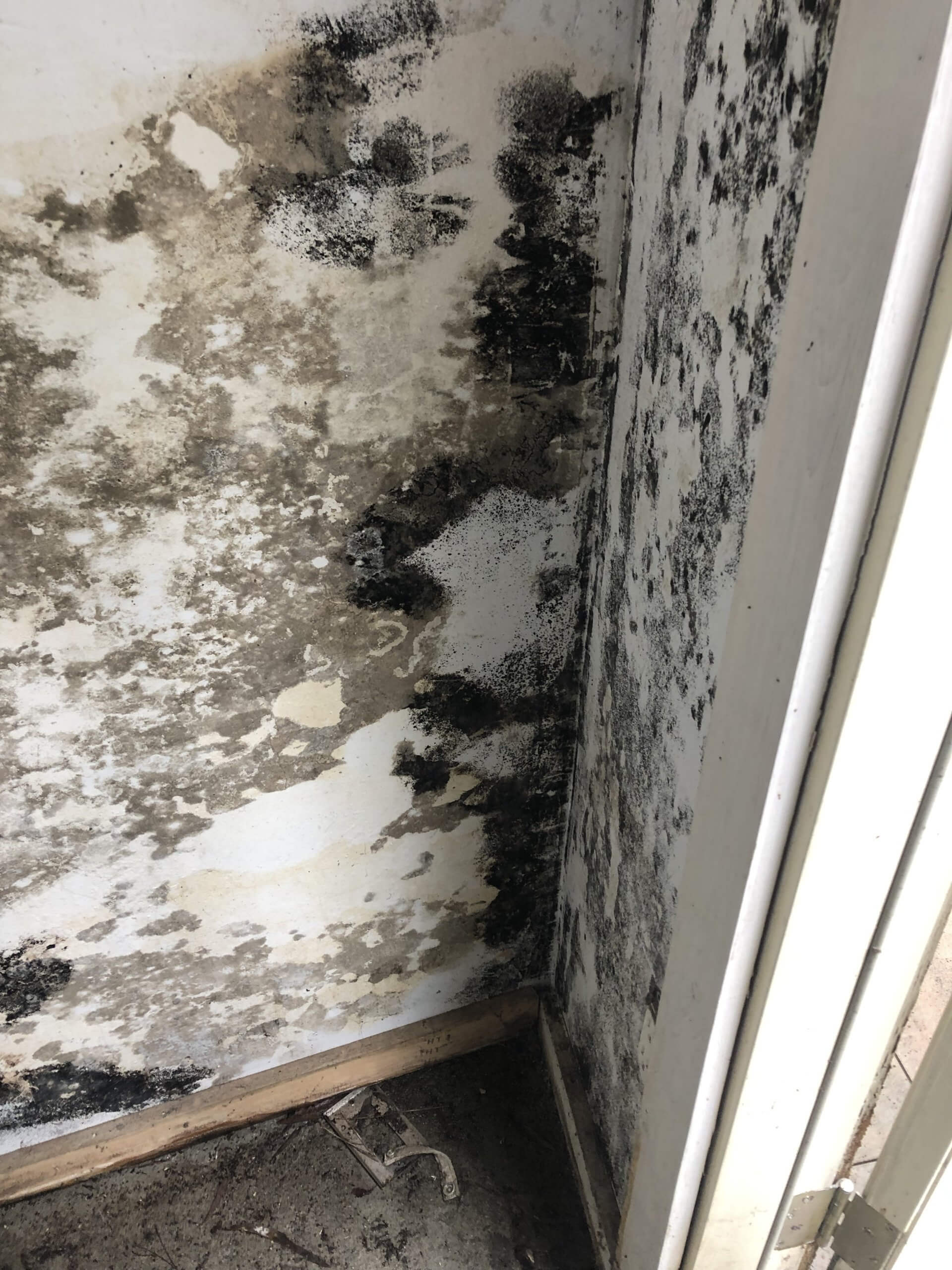
Causes of Mold in the Kitchen and How to Avoid It Home Matters AHS
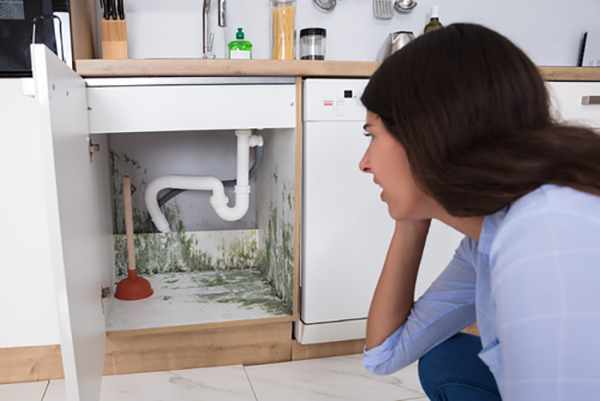
Seven Steps To Look For Mold Contamination In Your Home And What
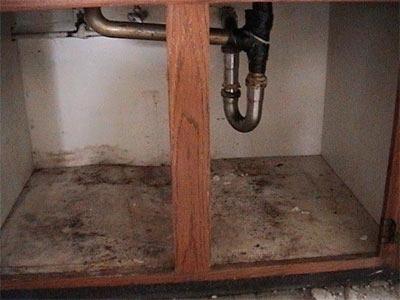
mold under sink Archives – PNW Home Inspectors

Mold under sink from leaking pipe – Picture of Alger Falls Motel

Mold – Why You Should Look Under Sinks Often

Bathroom Mold How to Identify and Get Rid of Mold in Bathroom
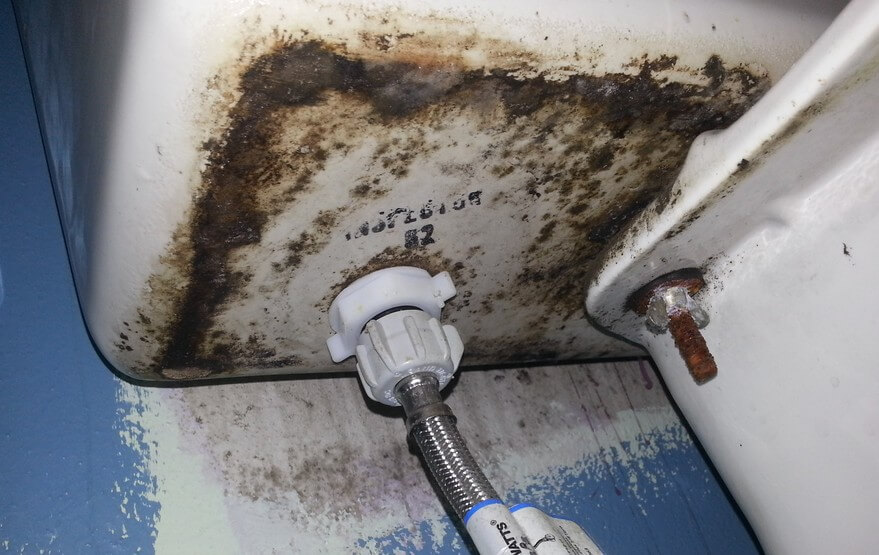
Mold under sink? DIY Home Improvement Forum
Related Posts:
- Foul Smell From Bathroom Sink
- How To Install P Trap Bathroom Sink
- Bathroom Sink Shutoff Valve
- How To Install A Pedestal Bathroom Sink
- Kohler Hexagon Drop In Bathroom Sink
- Bathroom Sink Toilet Vanity Unit
- 19 Inch Round Drop In Bathroom Sink
- 18″ Round Bathroom Sink
- Bathroom Sink Clogged In Wall
- Wheelchair Accessible Bathroom Sink Vanity